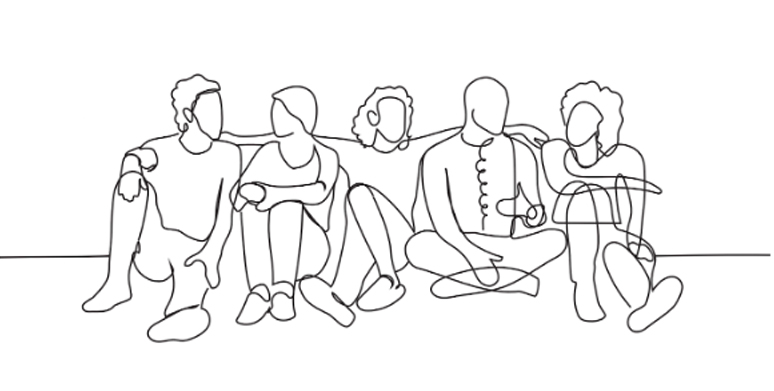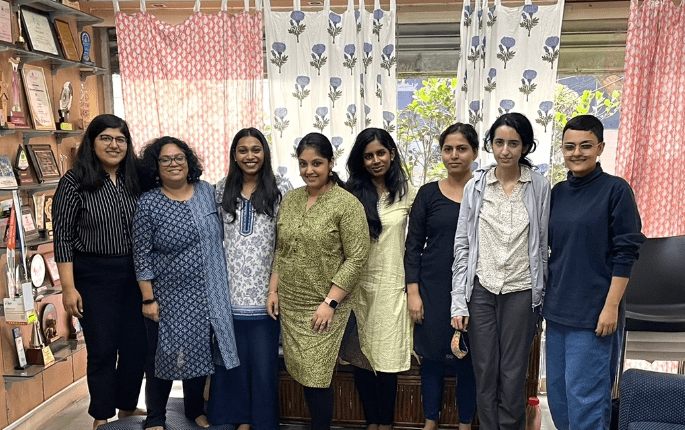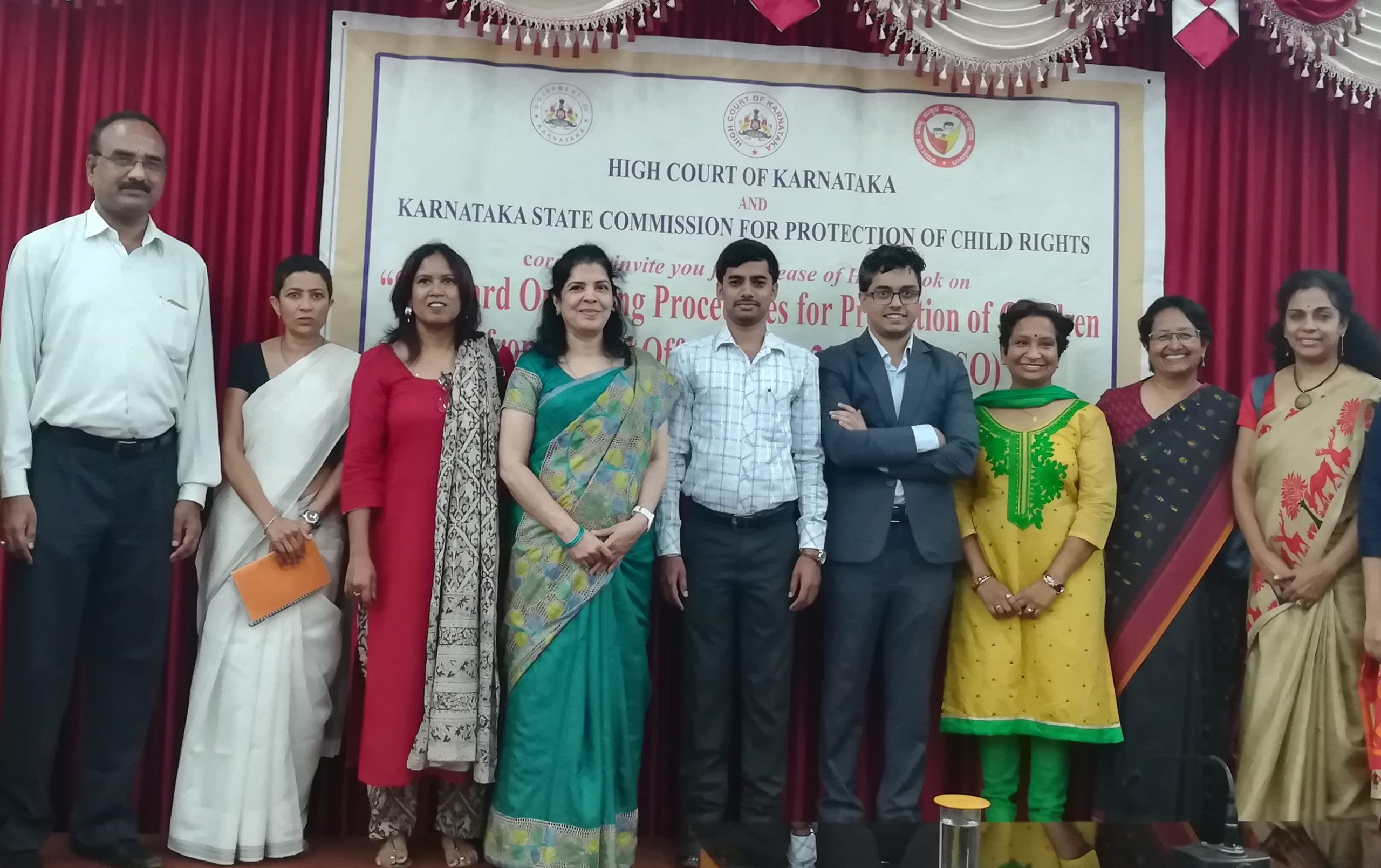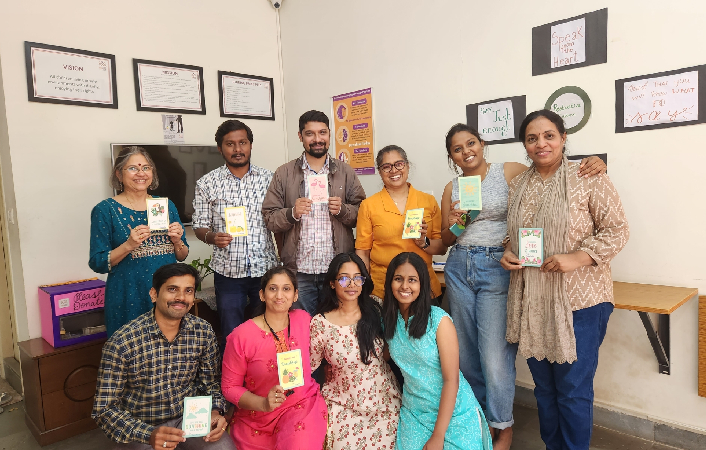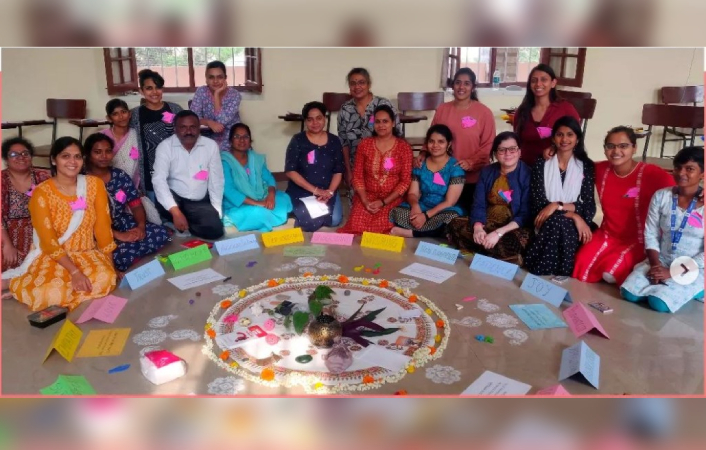Myths and Misunderstandings about Sexuality – Part 1
Sexuality, sexual rights and sexual crimes – have all been in the news as the courts and lawmakers grapple with rapidly changing social norms and a demand for equal rights for all adult citizens. Besides the diversity in sexual orientation and gender identity, adolescent sexuality has also been in sharp focus. The news and social media are also replete with diverse views – some of which point to a fundamental misconception about the nature of sexuality, what causes its experience, and the nature of sexual and reproductive rights.
This article looks at some myths and misunderstandings around sexuality in the context of adolescents and children and suggests some alternative narratives.
Myth 1
Sexuality education is a Western concept/ urban concept. It is not required in India/rural areas.
Sexuality education has existed in almost all cultures since ancient times – this is because, contrary to common beliefs, the act of penetrative sex is not entirely instinctive, and there is a ‘need-to-learn hypothesis’ in the development of sexual behaviour. This has been tested and found to be true in some other animals as well. As a gynaecologist I have come across cases where a couple had not consummated their marriage but believed they were having sex for over a year and came for treatment of infertility! The medical name for this is ‘coitus inter-femoris’ – Latin for sex between the thighs.
Drawings and sculptures were used as educational tools before the printing press made books and magazines freely available. The word pornography is derived from Greek for “ancient obscene painting, especially in temples of Bacchus.” In India we have writings, drawings and sculptures dating back to hundreds of years that explicitly show sexual organs and a range of sexual behaviour.
Humans, in all countries, cultures, and socio-economic regions, are born as sexual beings – they can benefit from values and rights-based sexuality education. In India, teenage pregnancy – albeit mostly in the context of marriage – is almost double in rural areas (9.2%), as compared to urban areas (5%).
Myth 2
Recognition of adolescent sexuality would mean that we believe that adolescents have a right to have sex.
According to the Office of the High Commissioner for Human Rights, the leading UN entity on human rights, “As children enter adolescence, as their bodies change and as many of them begin exploring their sexuality, access to sexual and reproductive health services and information becomes critical to their enjoyment of human rights, their health and wellbeing.” India is a signatory to the UN Charter that includes Human Rights and ratified the United Nations Convention on the Rights of the Child. It is important to note that adolescents – described as those between 10 – 19 years of age by the World Health Organization – have a right to age-appropriate, scientific, value-based information about their bodies, their sexual and reproductive organs, how they function, how these organs function in other sexes, how sex and reproduction happens in humans, pregnancy, abortion and contraception, sexual and reproductive health, sexually transmitted diseases and how these can be prevented and managed, sexual crimes and laws around these. Adolescents also have a right to readily available, accessible, non-discriminatory, good-quality services related to sexual and reproductive health. No UN charter talks about the right to have sex! In fact, the UN promotes the ‘right to have control over and decide freely and responsibly on matters related to their sexuality, including sexual and reproductive health, free of coercion, discrimination and violence.”
By Dr. Sangeeta Saksena
Co-Founder- Enfold Trust
_____________________
3. https://www.orfonline.org/research/theres-a-need-to-end-teenage-pregnancies-in-india-its-harming-the-national-economy-60307/
*For Enfold, the aim of personal safety education is to develop respect for our own and others’ bodies and bodily functions (not harbour shame) and respect each person’s sense of privacy and consent. Understand sexual safety, listen to and support the victim to heal and hold the offender responsible and accountable. The aim of sexuality education is to support a person to accept and respect their sexuality, experience it without guilt, and express it with responsibility – that is, without harming themselves or others.

